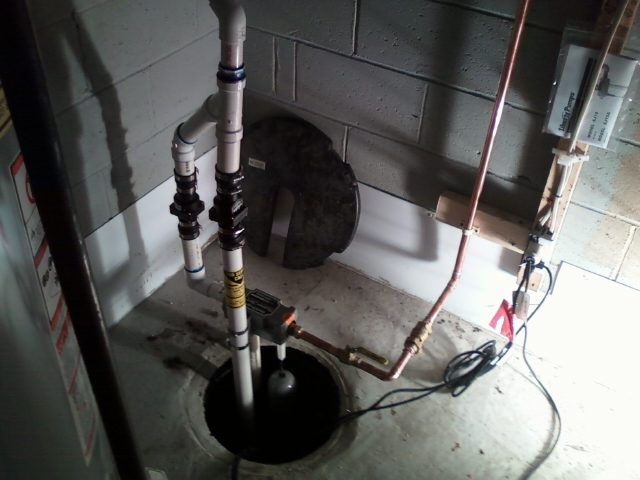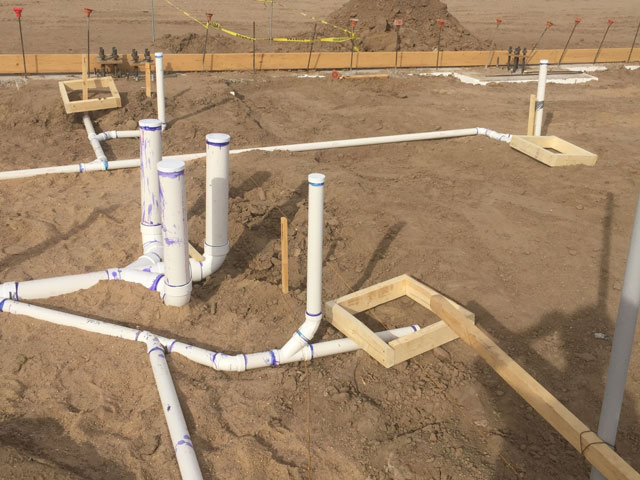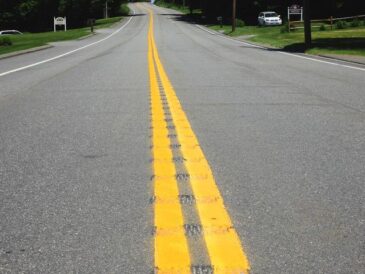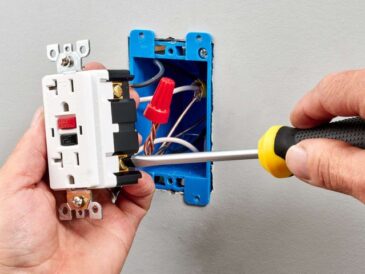Gasketed PVC pipe is preferred today throughout The United States and Canada for below ground water mains in addition to sewer force keys. As holds true for all pipes, no matter material, post-construction testing is typically demanded to guarantee all brand-new lines have been set up correctly.
One examination that is common for gasketed pipeline such as PVC is the combined ‘leakage as well as pressure’ examination. This test is planned to verify both the stress capability as well as the joint tightness of the pipeline system at the same time.
The treatment of this test is to initial fill a section of the line with water. Next, extra water is pumped into the line up until the area is elevated to a wanted test stress. The system is then closed and also held for a specified test period, normally 2 hrs.
Throughout this 2 hrs, it is possible that the system pressure may drop. If the pressure drop is quick during screening, it is likely that a considerable leak exists in the system. This might most times be credited to an inappropriate setting up of an appurtenance, pipeline joint or service link.
However, thinking that correct setup and setting up were executed, it is feasible to have an extremely minor drop in stress over the 2 hours. To develop a limitation for a permitted stress decline, a table of ‘Allowed Leak Volumes’ was created. This table shows the maximum quantity of water permitted to be added back to the system after a pressure/leakage examination has actually suggested a mild pressure decrease. (The actual table of values might be found in the IPEX PVC Stress Pipeline Installment Overview or in AWWA C605).
For example, for 1000 m of 300 mm gasketed PVC water main, a maximum volume of 7.6 L of makeup water (in theory, the leakage taking place during the test) is allowed to be added for a 1035 kPa test (equivalent to 2.0 United States girl. for 3300 ft. of 12″ pipe tested at 150 psi). If bigger volumes of water are called for, the examination is taken into consideration to be a failing and also the installer need to find as well as repair any type of system deficiencies.

As a result of this table of ‘leakage’ allocations, many individuals have an assumption that gasketed joint PVC is always dripping to some extent. In actual truth, properly set up PVC pipeline will certainly be bottle-tight.
This insurance claim is validated by the extensive screening performed on the gasketed joint at the manufacturing plant. Gasketed PVC stress joints, to be certified to CSA B137.3, and also to adapt ASTM D 3139, must go through the adhering to 2 tests:
( a) 60 minutes at 2.5 times the stress score of pipe (i.e. 588 psi for DR18).
( b) 60-70 secs at 3.2 times the stress rating of pipeline (i.e. 755 psi for DR18).
Both of these examinations are performed while the joint is countered to its optimum recommended angle to mimic a worst-case field problem. No leakage is allowed at the joints throughout these examinations. The consistency and also precision located in the extrusion of PVC pipeline, coupled with the really strict dimensional tolerances, make certain that the gasketed joint will be completely as reputable in the field as is verified in the plant.
One instance of PVC’s joint tightness was shown on a job recently completed outside Vancouver in Delta, British Columbia. B&B Acquiring of Surrey was acquired to build 4500 m (15,000 ft.) of 400 mm (16″) PVC DR18 water main as a supply primary to the freshly constructed DeltaPort Container Terminal.
After finishing installment, Project Superintendent Rollie Knackstead revealed remarkable confidence in the craftsmanship of his crew, along with the pipeline, by determining to pressure-test the entire 4500 metres of pipe at the same time. The results were extraordinary. B&B efficiently checked the line at 200 psi for 2 hours with not a decrease of leakage. The scale did not budge off of the 200 psi level. The bottle-tight joints of PVC assisted to make a currently successful installment into a very successful total project.
If throughout a pressure/leakage test on PVC, the pressure drops slightly (within permitted makeup water quantities), does this mean that there has been leakage? Maybe, yet in-plant screening of PVC pipe as well as numerous medical history such as B&B Getting’s job in Delta, seem to show that appropriately assembled PVC pipe will not be dripping. Hire the best plumbing company by going to this website.
So why does there occasionally need to be tiny quantities of cosmetics water after a pressure test? Below are 4 feasible factors:.
( a) allured air.
( b) shifting of tees or arm joints before joint restrictions work.
( c) defective connections for shutoffs, installations, hydrants or solutions.
( d) radial development of the PVC pipeline.
In fact, radial expansion is such a substantial element with one other polycarbonate piping material (HDPE) that its examination limitation is specifically determined as an ‘Expansion Allowance’, rather than a ‘Leakage Allocation’. It is likewise interesting to keep in mind that if one does a contrast, the real worths of allowable makeup water are located to be substantially higher with butt-fused HDPE than those for gasketed PVC pipe for equal pipeline areas and also examination stress.
In recap, the viewers is advised that many times an extra correct term for ‘Leakage’ is ‘Obvious Leak’ or ‘Make-Up water Allocation’ when examining the examination results of a PVC stress pipe. Proof recommends that effectively assembled gasketed PVC pipeline will certainly have virtually no leak. The reality that PVC will not be weakened in time from rust attacks will certainly guarantee that the bottle-tight joints these days will certainly stay that way for many years to come.





